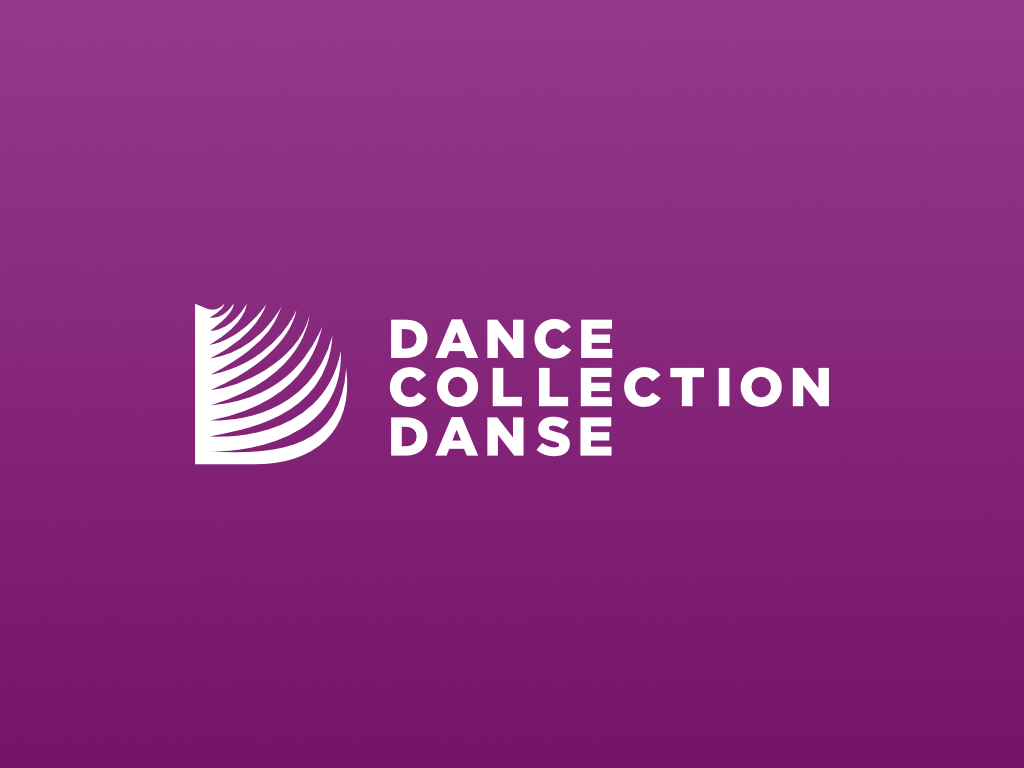The description of this Item
The project I made is a hand-embroidered piece of a Daayan dancing Raas-Garba in honour of Durga. Daayan’s are known to be women who practice sacrificial magic and have long braids and long black claws used to fight. She is wearing a "chaniya choli" (sometimes called a "ghagra choli"), a traditional outfit for Garba, just in a modern style and dances with lamps. I chose a Daayan because they are seen as a curse in rural areas, and many innocent women have been persecuted before and continue to be so. However, there are many myths where these women look to Durga as a protector and only became Daayans as a form of revenge and as a way to free themselves from horrible situations. This is what I wanted to convey through my piece.
The collections that this item appears in.
Tag descriptions added by humans
Description of the objects in this Item
DCD's accession number for this Item. It is the unique identifier.
Auto-generated content
Tag descriptions added automatically
Auto-generated identification of objects in this Item
An autogenerated description of this Item
Auto-generated number of faces in the Item
-preview.jpg)
